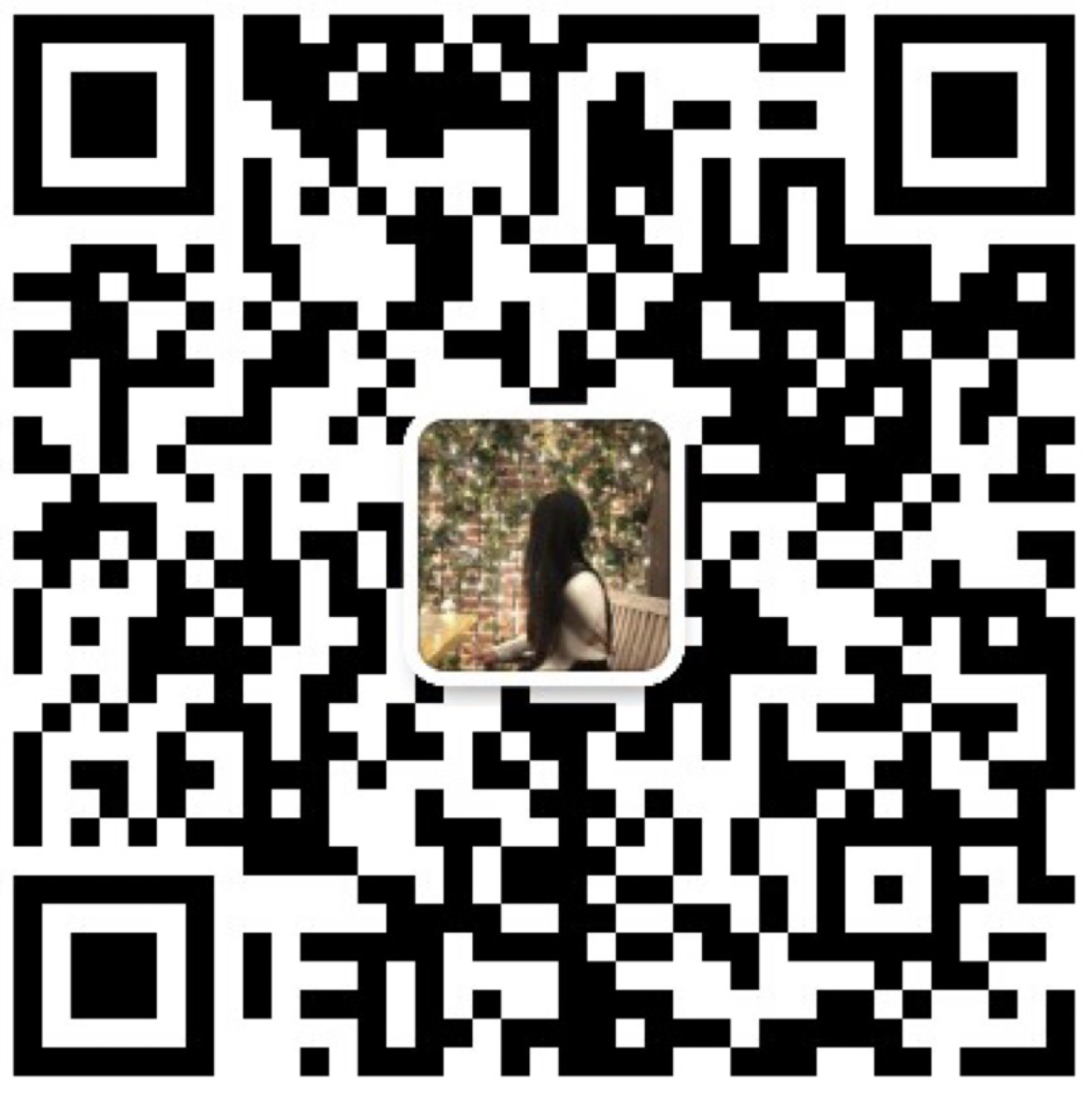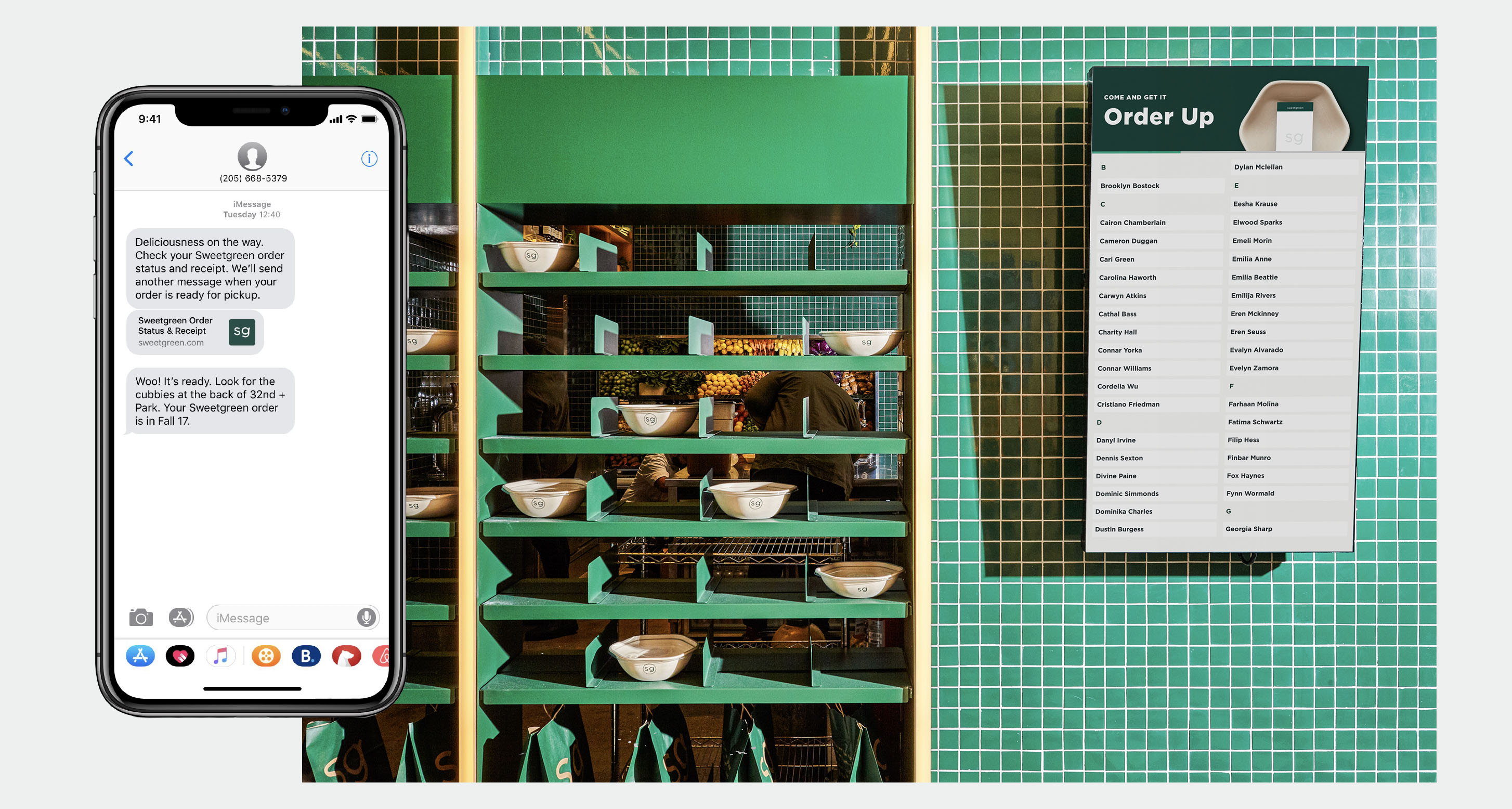Scan the QR code below


When I joined the project, the development team had already started building a takeout solution as seen here. The aim of the application was to foster a community to reduce single use disposables through empowering individuals to BYO (Bring Your Own) cup, cutlery or container. It was a valid solution but without UX and research synthesis, I was uncertain whether it was the right solution. With team approval, I moved forward with user research and testing.
I turned to user surveys and qualitative interviews to help build our primary persona, in this case an eco-conscious corporate employee. Survey results can be found here.
I found the following to be true:
Feedback from usability tests on the first prototype were underwhelming with most users confused with an overall negative and inconsistent experience. I underwent competitive research to ideate ways to improve the flow. I explored core benefits that applications in a similar space provided including Alipay’s AntForest, ordering app Skip as well as existing non-tech eco-initiatives such as Returnr to get a better understanding of a circular waste ecosystem.
At a high level, our user epic was to find restaurants that supported zero-waste takeaway by allowing BYO containers and cups. I decided to focus on an agile iterative approach by prioritising user stories with details and tasks necessary to meet our user epic.
We made a team decision to focus on key features that would enable users to search restaurants, check-in cups/containers and track carbon emissions saved. We wanted to find a solution that not only reduced the effort to find restaurants but lead to sustained behaviour and higher engagement.
Once we were satisfied with the flow, I began digitising and transforming our concept into a hi-fidelity prototype with testing and feedback from both the team and user participants along the way.
TIBAH is HABIT spelled backwards. It’s our solution to reversing plastic pollution by reducing single-use disposable products in the takeaway ordering process.

1. Add herer
Building client/corporate/restaurant landing page
Talking to:
- ANZ Australia